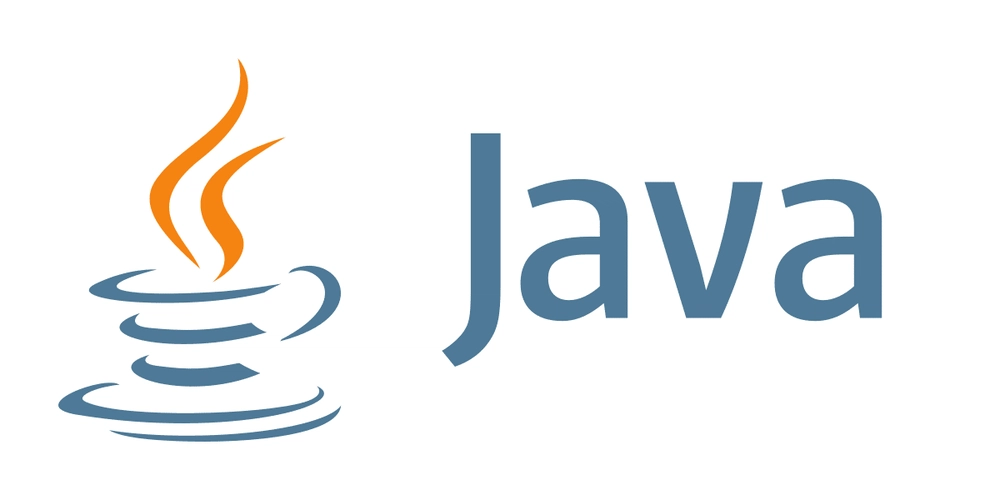Advanced Node.js Performance Tips for Modern Development (2025) Introduction Node.js remains a prevalent platform for modern web development. However, as applications become more complex and demanding, optimizing performance is crucial. This guide delves into cutting-edge Node.js performance tips and techniques that experienced developers may not be aware of. Latest Advanced Techniques [1] Request Coalescing Eliminates the overhead of multiple requests by aggregating them into a single request. Benefits: Improved latency, reduced bandwidth consumption. Example: // Load the required modules const axios = require('axios'); // Send multiple API requests in one request const response = await axios.all([ axios.get('https://api.example.com/users'), axios.get('https://api.example.com/orders'), ]); [2] Serverless Functions Offloads computation to cloud services, allowing for scalable and efficient performance. Benefits: Automatic scaling, reduced infrastructure maintenance. Example: // AWS Lambda function exports.handler = async (event, context) => { const result = processFunction(event); return result; }; [3] WebAssembly (WASM) Compiles low-level code into a portable binary format that executes at near-native speed on the client-side. Benefits: Enhanced performance for computationally intensive tasks. Example: // Load and run the WASM module const wasmBinary = await fetch('my-module.wasm'); const instance = await WebAssembly.instantiate(wasmBinary); instance.exports.myFunction(); Pro Performance Tips [1] Asynchronous Programming Leverages Node.js's event-driven architecture to handle I/O operations asynchronously, improving responsiveness and concurrency. Tips: Utilize Promises, async/await, and event listeners. [2] Caching Stores data in memory for faster retrieval, reducing database queries and improving performance. Tips: Implement caching strategies using libraries like Redis or Memcached. [3] Efficient Database Queries Optimize database queries using techniques such as indexing, query caching, and pagination. Tips: Use ORM frameworks or raw SQL queries with parameters to avoid SQL injection. Modern Development Workflow [1] CI/CD Integration Automates build, testing, and deployment processes, ensuring consistent and reliable performance across environments. Tools: Jenkins, CircleCI, Travis CI. [2] Performance Testing Regularly conduct performance tests to identify bottlenecks and optimize the application accordingly. Tools: LoadRunner, WebPageTest, JMeter. [3] Deployment Considerations Choose efficient deployment platforms, configure caching headers, and optimize network performance for faster content delivery. Tips: Utilize CDNs, implement HTTP/2, and minify assets. Tools and Resources [1] Node.js Performance Profiler Provides detailed performance insights, identifying bottlenecks and optimizing code. [2] ESlint and Prettier Automates code linting and formatting, enforcing consistent coding practices and improving performance. [3] Node.js Best Practices Official documentation and guidelines for optimizing Node.js applications. Key Takeaways Implement request coalescing, serverless functions, and WASM for improved scalability and performance. Embrace asynchronous programming and caching for better responsiveness and resource utilization. Optimize database queries and monitor performance using automated testing. Integrate CI/CD for efficient and reliable deployments. Utilize performance profiling tools and follow Node.js best practices for optimal results.

Advanced Node.js Performance Tips for Modern Development (2025)
Introduction
Node.js remains a prevalent platform for modern web development. However, as applications become more complex and demanding, optimizing performance is crucial. This guide delves into cutting-edge Node.js performance tips and techniques that experienced developers may not be aware of.
Latest Advanced Techniques
[1] Request Coalescing
- Eliminates the overhead of multiple requests by aggregating them into a single request.
- Benefits: Improved latency, reduced bandwidth consumption.
- Example:
// Load the required modules
const axios = require('axios');
// Send multiple API requests in one request
const response = await axios.all([
axios.get('https://api.example.com/users'),
axios.get('https://api.example.com/orders'),
]);
[2] Serverless Functions
- Offloads computation to cloud services, allowing for scalable and efficient performance.
- Benefits: Automatic scaling, reduced infrastructure maintenance.
- Example:
// AWS Lambda function
exports.handler = async (event, context) => {
const result = processFunction(event);
return result;
};
[3] WebAssembly (WASM)
- Compiles low-level code into a portable binary format that executes at near-native speed on the client-side.
- Benefits: Enhanced performance for computationally intensive tasks.
- Example:
// Load and run the WASM module
const wasmBinary = await fetch('my-module.wasm');
const instance = await WebAssembly.instantiate(wasmBinary);
instance.exports.myFunction();
Pro Performance Tips
[1] Asynchronous Programming
- Leverages Node.js's event-driven architecture to handle I/O operations asynchronously, improving responsiveness and concurrency.
- Tips: Utilize Promises, async/await, and event listeners.
[2] Caching
- Stores data in memory for faster retrieval, reducing database queries and improving performance.
- Tips: Implement caching strategies using libraries like Redis or Memcached.
[3] Efficient Database Queries
- Optimize database queries using techniques such as indexing, query caching, and pagination.
- Tips: Use ORM frameworks or raw SQL queries with parameters to avoid SQL injection.
Modern Development Workflow
[1] CI/CD Integration
- Automates build, testing, and deployment processes, ensuring consistent and reliable performance across environments.
- Tools: Jenkins, CircleCI, Travis CI.
[2] Performance Testing
- Regularly conduct performance tests to identify bottlenecks and optimize the application accordingly.
- Tools: LoadRunner, WebPageTest, JMeter.
[3] Deployment Considerations
- Choose efficient deployment platforms, configure caching headers, and optimize network performance for faster content delivery.
- Tips: Utilize CDNs, implement HTTP/2, and minify assets.
Tools and Resources
[1] Node.js Performance Profiler
- Provides detailed performance insights, identifying bottlenecks and optimizing code.
[2] ESlint and Prettier
- Automates code linting and formatting, enforcing consistent coding practices and improving performance.
[3] Node.js Best Practices
- Official documentation and guidelines for optimizing Node.js applications.
Key Takeaways
- Implement request coalescing, serverless functions, and WASM for improved scalability and performance.
- Embrace asynchronous programming and caching for better responsiveness and resource utilization.
- Optimize database queries and monitor performance using automated testing.
- Integrate CI/CD for efficient and reliable deployments.
- Utilize performance profiling tools and follow Node.js best practices for optimal results.











































































































































































![[The AI Show Episode 142]: ChatGPT’s New Image Generator, Studio Ghibli Craze and Backlash, Gemini 2.5, OpenAI Academy, 4o Updates, Vibe Marketing & xAI Acquires X](https://www.marketingaiinstitute.com/hubfs/ep%20142%20cover.png)




























































































































![[DEALS] The Premium Learn to Code Certification Bundle (97% off) & Other Deals Up To 98% Off – Offers End Soon!](https://www.javacodegeeks.com/wp-content/uploads/2012/12/jcg-logo.jpg)


![From drop-out to software architect with Jason Lengstorf [Podcast #167]](https://cdn.hashnode.com/res/hashnode/image/upload/v1743796461357/f3d19cd7-e6f5-4d7c-8bfc-eb974bc8da68.png?#)








































































































.png?#)

































_Christophe_Coat_Alamy.jpg?#)
 (1).webp?#)





































































































![Apple Considers Delaying Smart Home Hub Until 2026 [Gurman]](https://www.iclarified.com/images/news/96946/96946/96946-640.jpg)
![iPhone 17 Pro Won't Feature Two-Toned Back [Gurman]](https://www.iclarified.com/images/news/96944/96944/96944-640.jpg)
![Tariffs Threaten Apple's $999 iPhone Price Point in the U.S. [Gurman]](https://www.iclarified.com/images/news/96943/96943/96943-640.jpg)




































































































































